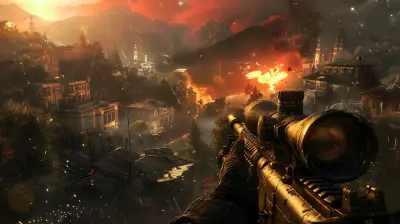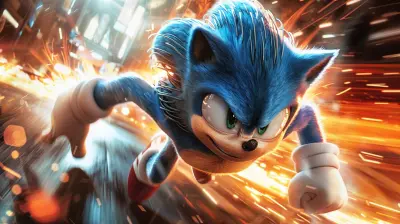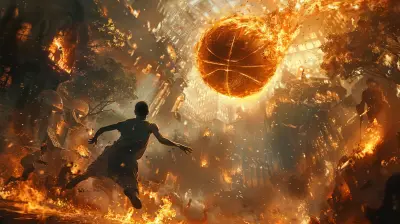The Influence of Martial Arts in Fighting Game Design
29 March 2025
Fighting games have been a staple in the gaming world for decades, delivering intense action, strategic depth, and adrenaline-pumping matchups. But if you’ve ever stopped to think about where these virtual fistfights draw their inspiration, one clear answer stands out: martial arts. From the fluid kicks of Capoeira to the disciplined strikes of Karate, the influence of martial arts in fighting game design is both profound and fascinating. Let’s dive headfirst into how these age-old combat traditions have shaped one of gaming’s most electrifying genres.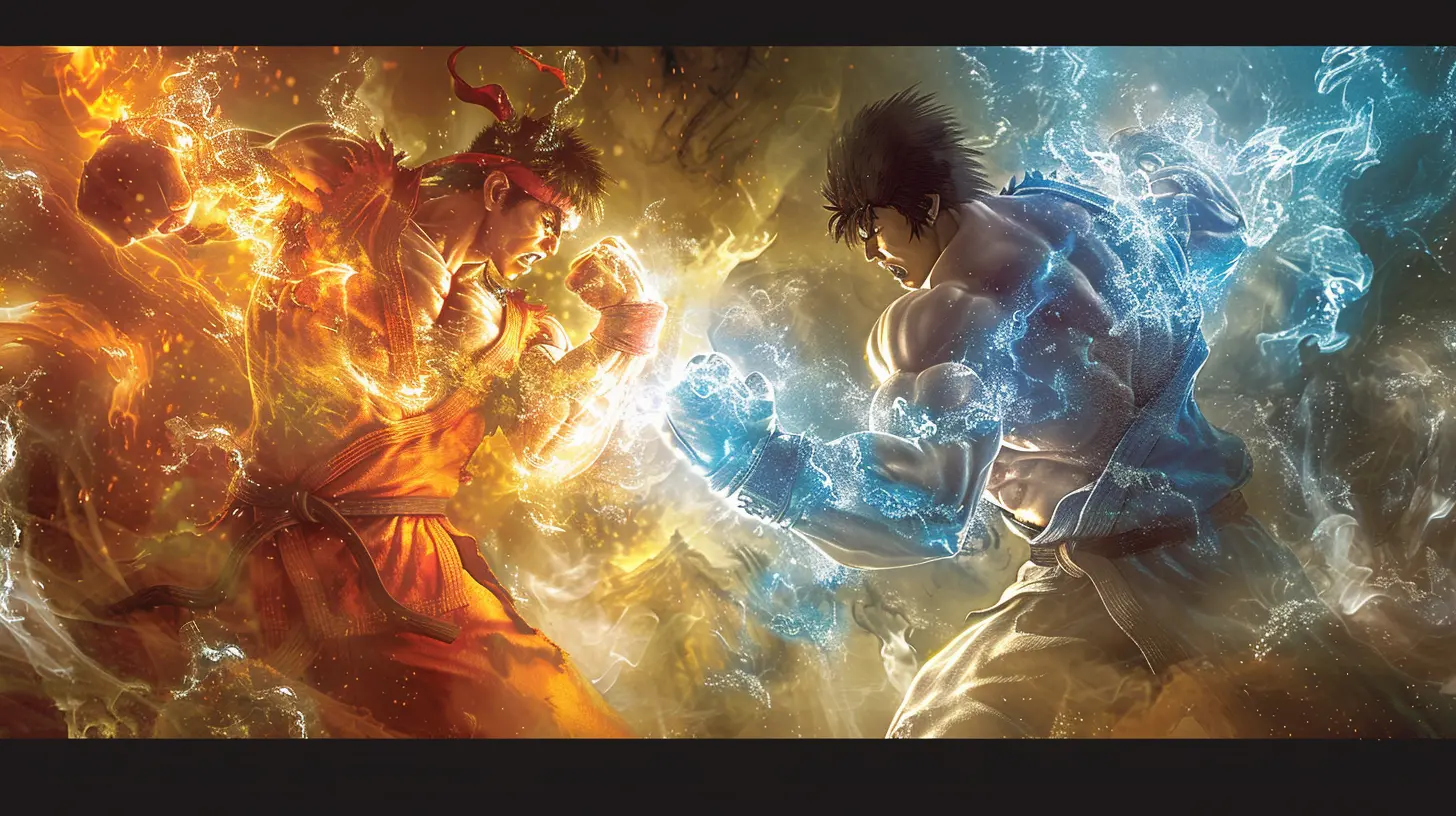
Martial Arts as the Backbone of Fighting Games
Think about it—what’s the first thing that comes to mind when you fire up a fighting game like Street Fighter, Tekken, or Mortal Kombat? It's the larger-than-life characters performing jaw-dropping moves. These moves are often deeply rooted in real-world martial arts. Developers borrow techniques, stances, and philosophies to create characters and fighting styles that feel authentic yet fantastical.Martial arts aren’t just sprinkled here and there for flair; they form the very skeleton of many games in this genre. Without them, the combat wouldn’t feel as impactful or believable. Could you imagine a fighting game where the characters flail their arms randomly with no technique? Yeah, me neither.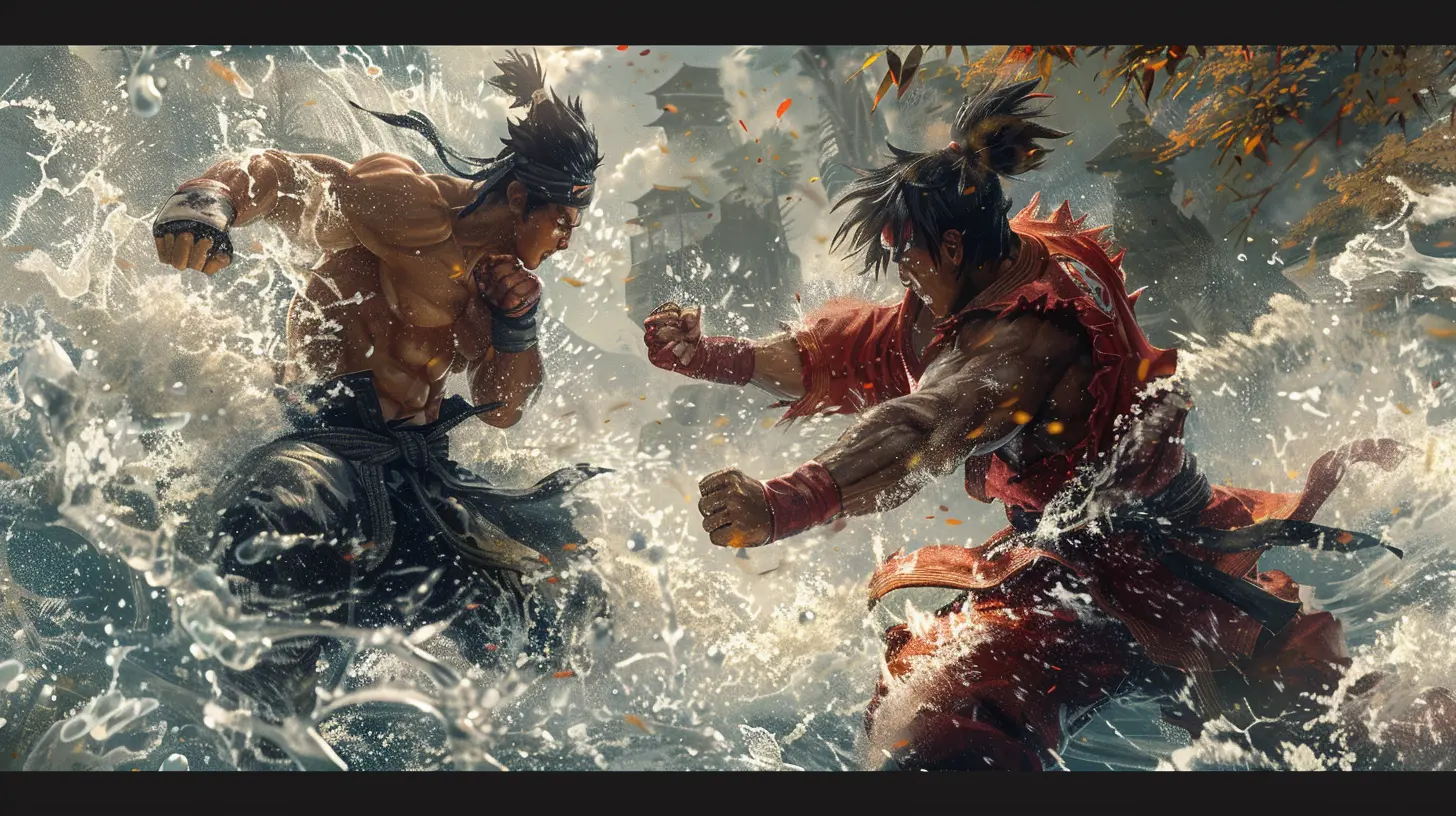
How Fighting Styles Shape Characters
One of the coolest things about fighting games is how each character feels so distinct. And guess what? Martial arts play a huge role in that. Every punch, kick, or block a character performs tells a story.Traditional Martial Arts in Fighting Games
Let’s take a closer look at how traditional martial arts influence character design:- Karate: This classic discipline is often associated with precision and discipline. Characters like Ryu from Street Fighter or Jin Kazama from Tekken embody these traits. Their moves feature sharp, focused strikes that showcase Karate's spirit of control and power.
- Taekwondo: Centered around flashy, high-flying kicks, this South Korean martial art brings energy and showmanship. Hwoarang from Tekken is a textbook example, with his acrobatic moves and unpredictable attacks.
- Kung Fu: Graceful yet deadly, Kung Fu is all about fluidity and adaptability. Characters like Liu Kang from Mortal Kombat channel this style with their intricate and versatile move sets.
Less Conventional Martial Arts
Some fighting games take inspiration from less mainstream martial arts to spice things up.- Capoeira: Originating from Brazil, Capoeira combines rhythm, dance, and combat. Its unique flow is brought to life in characters like Eddy Gordo from Tekken. His breakdancing-inspired moves add a layer of flair and unpredictability to gameplay.
- Muay Thai: The “Art of Eight Limbs” finds its way into games through characters like Sagat from Street Fighter. With devastating knees, elbows, and shins, this is a style built for sheer power and aggression.
- Pro Wrestling: While not technically a martial art, wrestling often gets a nod in fighting games for its showmanship and brute strength. Zangief, the muscle-bound wrestler from Street Fighter, is a prime example of how grappling and slams can dominate the battlefield.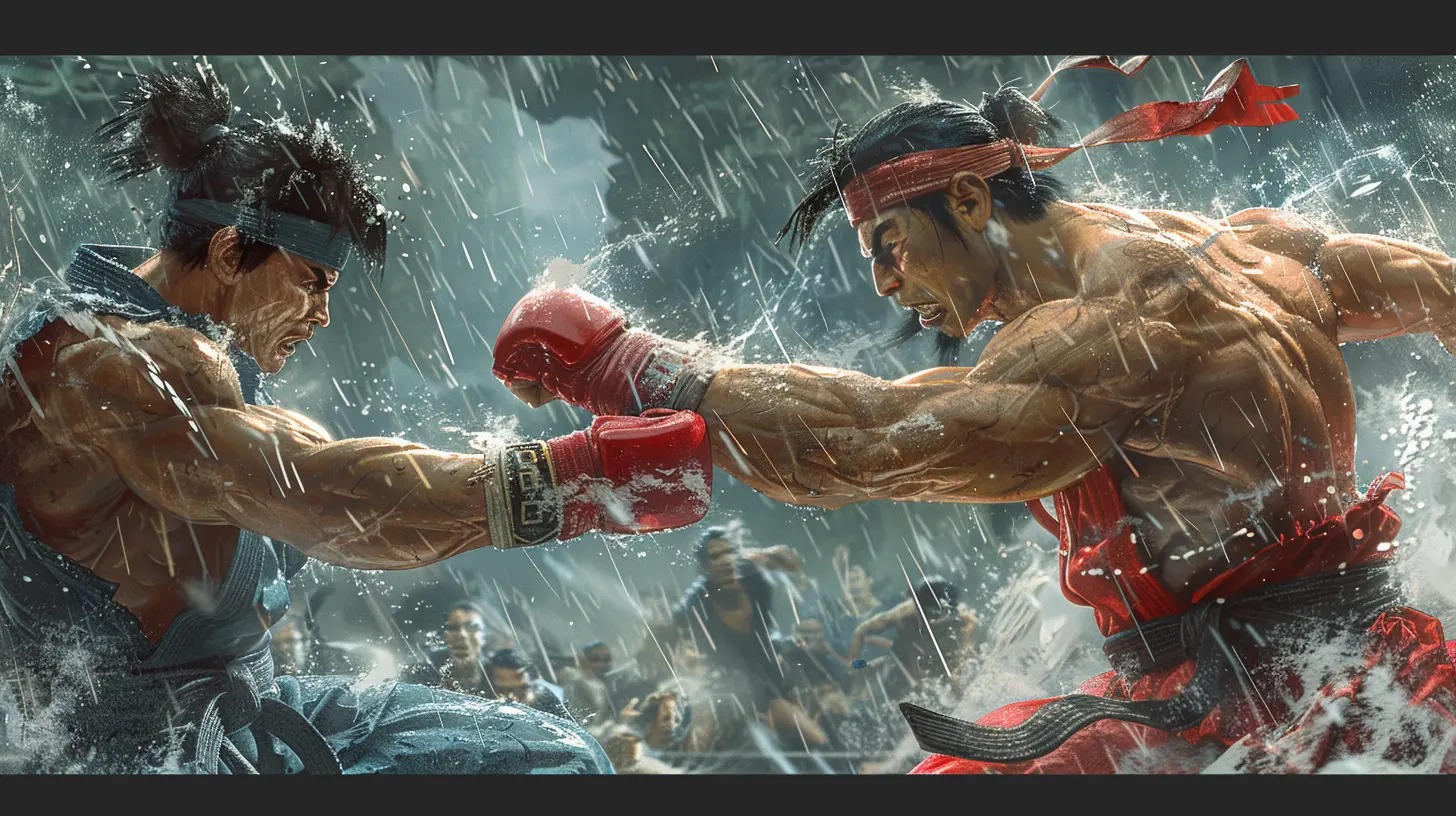
The Role of Philosophies and Cultures in Game Design
Martial arts aren’t just about the moves; they’re also deeply tied to philosophy and culture. Game developers don’t overlook this—they integrate these elements to breathe life into their worlds and characters.Philosophy Meets Gameplay
Many martial arts are built around specific philosophies, and these ideas often extend into gameplay mechanics. For instance:- Some styles like Aikido emphasize counterattacks and using an opponent’s strength against them. Characters relying on these principles often have movesets geared toward defensive play.
- Other styles, such as Jeet Kune Do or Kung Fu, highlight adaptability and freedom. This is reflected in characters who have versatile moves and combos for any situation.
Cultural Representation
Fighting games also serve as love letters to the cultures that birthed martial arts. Developers often go the extra mile to recreate authentic costumes, stages, and music that resonate with a character’s background. For example:- Chun-Li’s cheongsam dress in Street Fighter and the Great Wall of China stage reflect her cultural heritage, mirroring the grace and strength embodied by her Kung Fu style.
- Yoshimitsu from Tekken blends Japanese samurai traditions with unconventional swordplay, showcasing how cultural lore can elevate a character’s identity.
Realism vs. Fantasy: A Balancing Act
Fighting games live at the intersection of realism and fantasy. While martial arts provide a foundation, developers often exaggerate moves to make fights more entertaining. After all, what’s the point of a video game if it doesn’t add some over-the-top flair?Keeping it Real
Street Fighter’s Ryu pulls off a textbook Hadouken stance, making you believe he’s channeling chi energy straight from martial arts lore. Tekken’s Hwoarang switches between basic Taekwondo stances, showing respect to the real-life martial art. These grounded elements help players feel a sense of connection to the action.Taking it Over-the-Top
On the flip side, you have moves like Sub-Zero’s ice blasts in Mortal Kombat. Sure, freezing your opponent solid isn’t something Muay Thai teaches, but it builds on the art's aggressive nature in a way that screams “video game logic.” It’s this mix of believability and absurdity that keeps the genre exciting.The Evolution of Martial Arts in Fighting Games
Fighting games have come a long way since the pixelated punches of the 1980s. Early games like Karate Champ laid a simple foundation for martial arts-inspired moves, but as technology advanced, so did the complexity of combat systems.Motion Capture and Authenticity
One of the biggest game-changers? Motion capture. Modern fighting games use professional martial artists to bring realism to in-game movements. Watching a character nail a spinning back kick feels more satisfying when you know an actual practitioner performed it in a studio.Diversity of Fighting Styles
Developers are constantly adding new martial arts styles to their games, ensuring players never get bored. From Krav Maga’s brutal efficiency to Silat's intricate movements, there’s always something fresh to explore. This commitment to variety ensures that fighting games remain dynamic and engaging.Why Martial Arts Matter in Fighting Games
At its core, martial arts bring a sense of legitimacy and depth to fighting games. Without it, the genre would feel hollow—like a movie with no plot or a song with no rhythm. The beauty of martial arts lies in its ability to balance form and function, art and utility. This duality translates perfectly into the gaming world.Fighting games don’t just teach us to mash buttons (even though let’s admit, we all do this when we’re losing). They expose us to the beauty of martial arts, even if it’s through the lens of fiery Hadoukens or slow-motion grapples. Every round teaches a subtle lesson in timing, skill, and respect for discipline.
Conclusion
Martial arts and fighting games are a match made in heaven. Whether it’s Karate’s sharp strikes or Capoeira’s rhythmic flow, these combat styles shape the ways we punch, kick, and combo our opponents into oblivion. And honestly, that’s what makes fighting games so universally appealing—they take something ancient and translate it into a modern, interactive art form. So next time you boot up your favorite fighter, remember: behind every flashy move is a martial art with centuries of history.all images in this post were generated using AI tools
Category:
Fighting GamesAuthor:

Audrey McGhee
Discussion
rate this article
4 comments
Geneva Pace
Great article! I appreciate how you highlighted the connection between martial arts techniques and fighting game mechanics. It would be interesting to explore how cultural representation in these games impacts player experience and authenticity. Looking forward to more insights on the evolution of combat dynamics in gaming!
April 9, 2025 at 2:39 PM

Audrey McGhee
Thank you! I'm glad you enjoyed the article. Your point about cultural representation is insightful, and I’ll definitely consider it for future discussions on combat dynamics. Stay tuned!
Everett Benson
Martial arts profoundly shape fighting game design, influencing character moves, combos, and overall gameplay dynamics. By integrating diverse styles, developers create unique mechanics and enhance realism, enriching player engagement. This fusion not only honors the martial arts heritage but also drives innovation, inviting players to explore and master each character’s distinct techniques.
April 8, 2025 at 2:47 AM

Audrey McGhee
Thank you for your insightful comment! You perfectly capture how martial arts enrich fighting game design, bringing depth and authenticity to gameplay while fostering player engagement through diverse techniques.
Summer Chavez
Great article! It’s fascinating to see how martial arts shape fighting game mechanics and character design. Your insights really highlight the synergy between real-life techniques and gaming experiences. Keep it up!
April 3, 2025 at 2:39 PM

Audrey McGhee
Thank you! I'm glad you enjoyed the article and found the connections between martial arts and game design intriguing!
Reina Ruiz
This article offers an insightful look at how martial arts techniques shape gameplay mechanics and character design in fighting games. Understanding these influences can enhance player strategy and deepen the overall gaming experience. A must-read for enthusiasts!
April 1, 2025 at 3:07 PM

Audrey McGhee
Thank you for your thoughtful comment! I'm glad you found the article insightful and relevant to enhancing gameplay and strategy. Your support means a lot!
